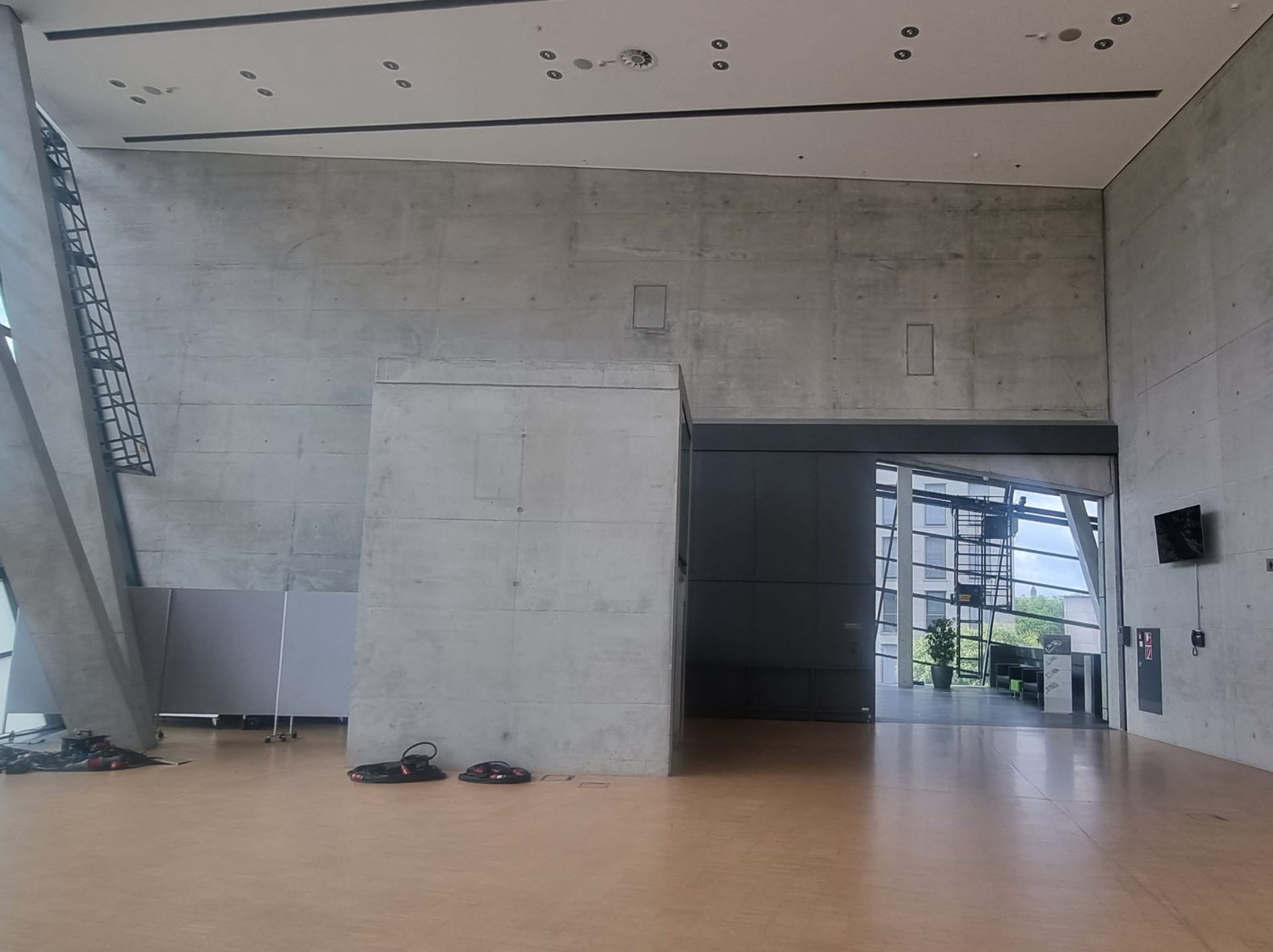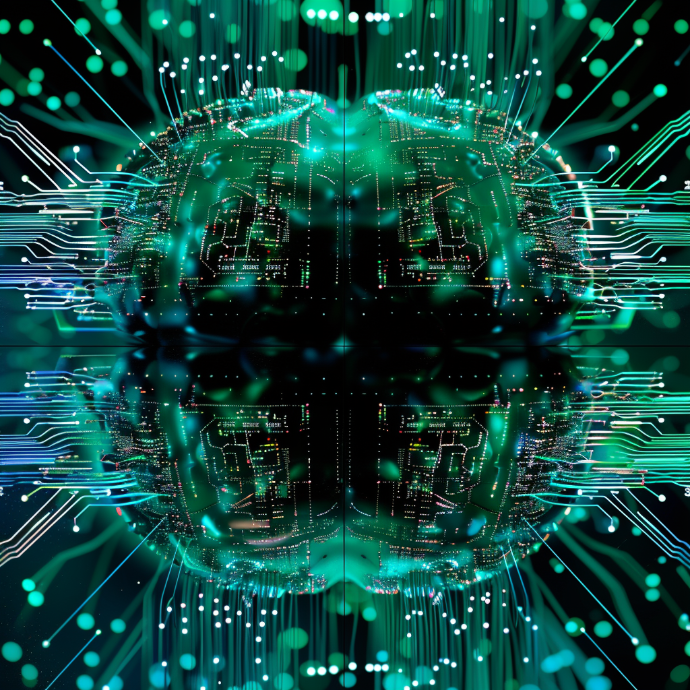Art Performance
Boring to read ? --> Please CLICK on the video in the language you prefer. (Below is the text on the phone version)
Artificial Intelligence (AI) represents an unavoidable challenge for modern societies, akin to an inevitable tsunami. Although we cannot halt its progression, we must develop strategies to adapt. Initially conceived by visionaries to revolutionize our existence, AI has become a central tool in human development.
In the context of SYNE, this artistic performance highlights the benefits of AI, showcasing its extraordinary potential to enhance human conditions. This initiative makes the intangible tangible, particularly our thought processes that were previously invisible, and raises pertinent questions about the implications of these technologies in our daily lives.
From the onset of Syne, we explore synesthesia, a phenomenon that perfectly illustrates the intersection between humanity and technology, where individuals intuitively perceive colors in response to letters, numbers, or sounds. Thanks to digital mapping technology, what was once invisible is now perceptible: the colors felt by the opera singer during her performance are visualized, creating a uniquely immersive experience for the audience.
This audiovisual work transports the viewer into a world that is both dreamlike and avant-garde, where AI is employed to navigate the enriching experience of synesthesia. The aim is to transcend abstract ideas and perceptions and materialize them interactively.
In our natural environment, perceptions are often hindered by physical barriers that limit our ability to share and understand abstract concepts. In contrast, the virtual world, although sometimes perceived as detached, offers unique opportunities to democratize access to these concepts, making the abstract accessible and manipulable.
The opera voice symbolizes nature; it remains impossible for AI to replicate this transcendent natural technique. Through each performance, we love to explore the dichotomy between natural warmth and the coldness of technology. Lola will sing an opera aria that will transform and be mixed with electronic music.
Syne invites us to ponder this new reality where AI radically alters our relationship with the immaterial. However, as Stephen Hawking highlighted, "The creation of artificial intelligence might be the greatest event in human history. But it might also be the last."
While appealing, AI harbors potential dangers. Throughout the performance, the music transitions to darker, more electronic tones, symbolizing the intensification of our desires and thoughts amplified by AI, introducing us to the darker, more disturbing aspects of this technology.
The performance includes AI-generated videos, reflecting this massification and raising questions about security. AI, while innovative, can prove more dangerous than traditional armaments, as once programmed with malicious intent, it becomes uncontrollable. We can neither predict nor limit its potential consequences.
These videos also illustrate how AI can manipulate our identity, prompting us to question the ethical limits of its use.
Ultimately, Syne does not merely question AI's creative potential but also addresses its ethical and security challenges. We hope this performance will awaken in the audience an awareness that the adversary is not AI itself, but rather the human deviations that arise from it. As Thomas Hobbes stated, "Man is a wolf to man." The maintenance of ethical human leadership will only be possible if we enhance our emotional intelligence alongside the evolution of AI.


Margaux Charvolin
Interaction designer / Graphic design / Creative coding
A graduate in Media Design from HEAD Geneva, Margaux Charvolin subsequently worked at the design research laboratory of EPFL (EPFL+ECAL Lab). There, she developed a research project on interactive meditation in partnership with a Taoist center in Switzerland. This multidisciplinary project, aimed at studying human-machine interaction as a means of relaxation, involved researchers in signal processing, microelectronics engineers, and mediation specialists. Nominated for the Design Preis Schweiz, this project emerged from a research methodology that included fieldwork and user testing, leading to the creation of a multimodal biofeedback installation.
Interested in creating unusual objects at the intersection of science and design, Margaux has exhibited interactive experiences in several countries, notably in India, where she conducted a workshop on gamification. Today, after her first performance created in 2018, she has decided to collaborate once again with her friend and synesthetic opera singer, Lola Volonakis, to create a new experience that bridges art and science.
http://www.charvolinmargaux.com/
[ L.O.L.A.]
Opera singer / Musician - Artist / Performer
Young opera singer and artist. I've been involved in music and theater from a very young age. With a strong curiosity, I pursued a scientific education, and it was after completing two Bachelor's degrees in law and political science that I decided to dedicate myself fully to classical music and art.
I studied and be graduated in Berlin, at the Universität der Künste (UdK). It was in this city, a major hub for electronic music, that I found inspiration for my music: the fusion of electronic music with the operatic voice.
I have been equally inspired by classical music since my childhood and contemporary works and authors such as Giger, Nina Hagen, Klaus Naomi, Kraftwerk, The Fifth Element, etc. I have always been drawn to new technologies and have a desire for a new approach to opera vocals.
After years of classical music, theater, and creating artistic performances, I am determined to blend my voice with electronic music to create a new genre of music and art.
You can see my other performances at this link :

